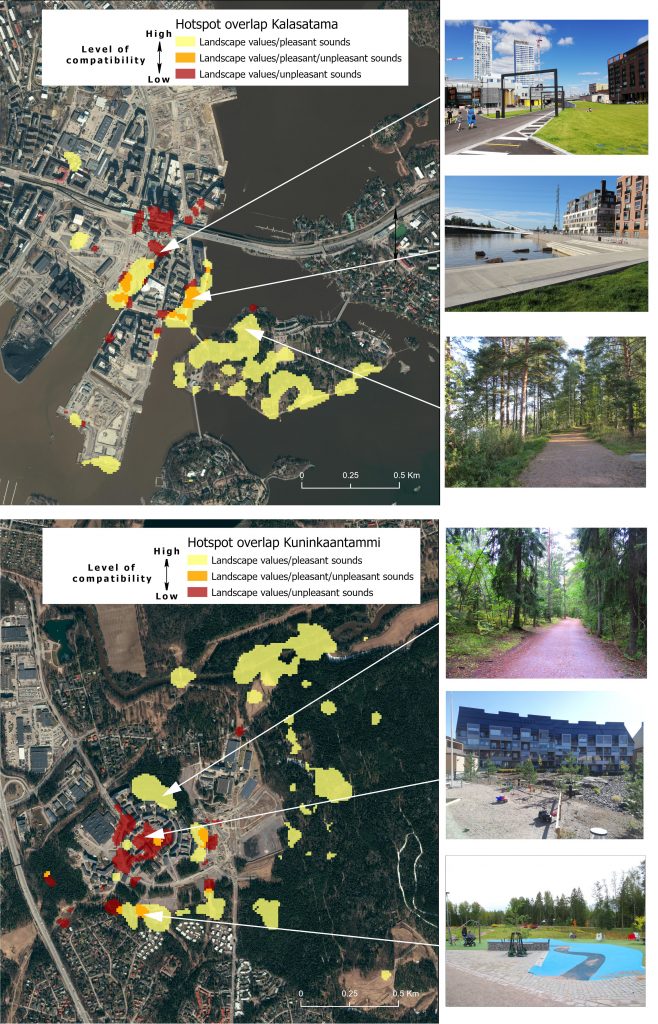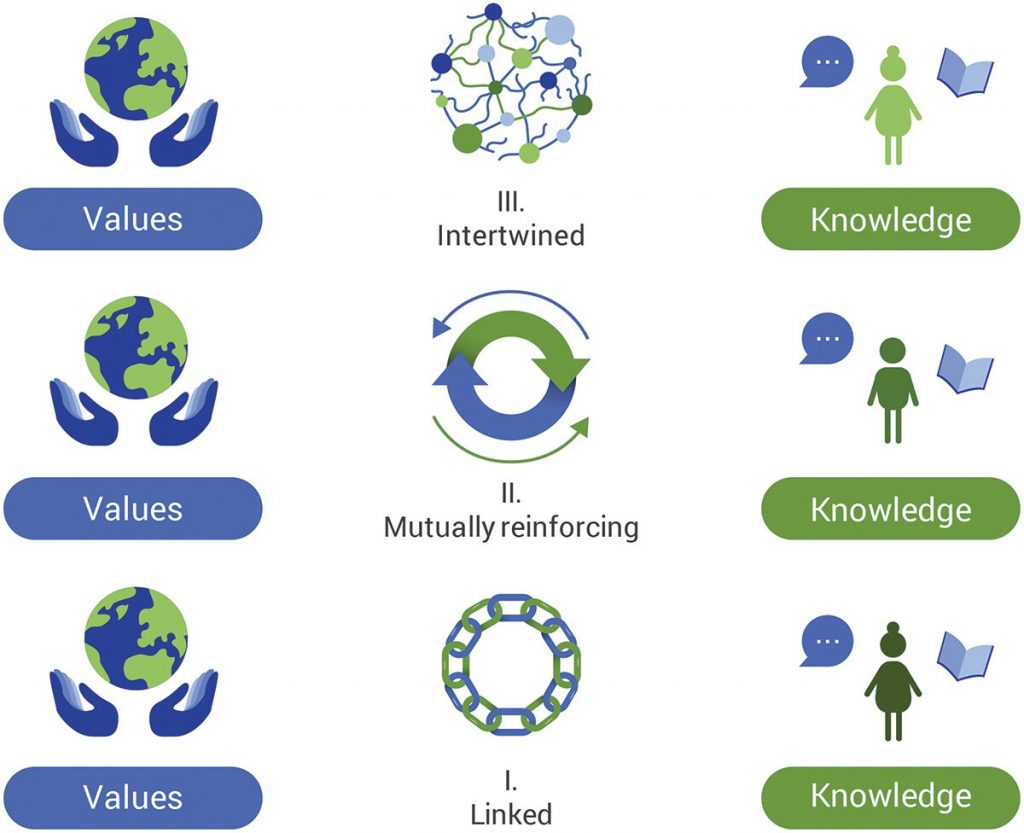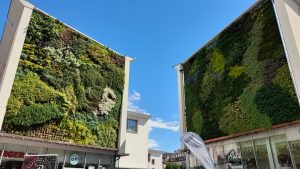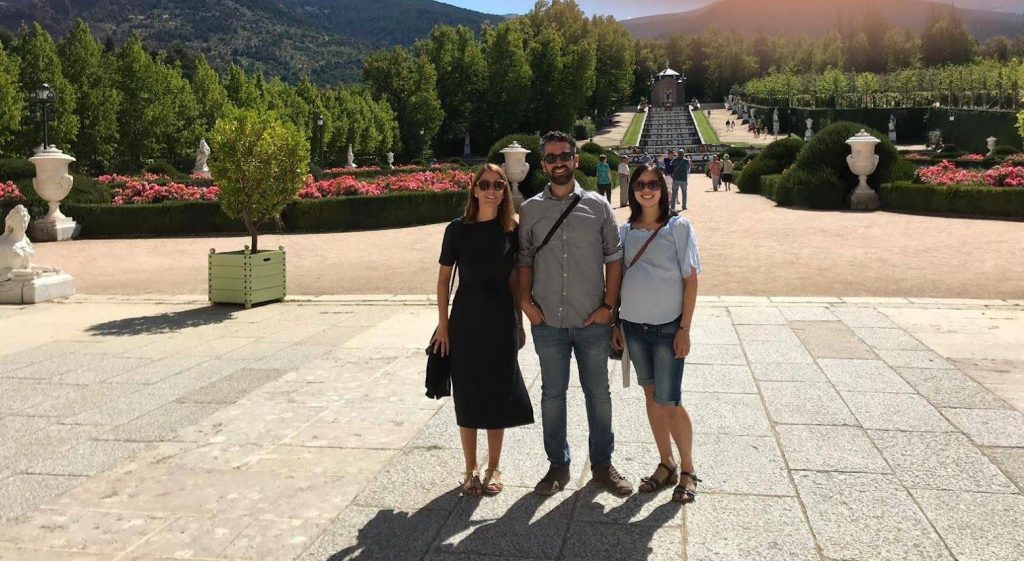Sara Zaman & Eugenia Castellazzi
 Rawpixel – Creative Commons
Rawpixel – Creative Commons
E– Hi Sara! You presented at the SSD, how did it go and what did you learn from this experience?
S- …It’s amazing to see SSD making a name for itself, and growing into the challenges that are inherent to sustainability science. We have a long way to go in terms of politicizing sustainability, and the consequences of a perception that sustainability shouldn’t be political., But there was no shortage of critical perspectives to economic growth and global extractivist socio-economic structures.
My presentation went pretty well, considering it was a first exploration into how to speak to other researchers about embodiment. It is an explanation best done in practice, so that’s what I had set up; an embodiment exercise to get some fruitful ideas about how we relate to artificial intelligence. Even though the presentation wasn’t recorded, you can actually do the exercise on your own whenever you like, and it doesn’t have to be about AI! The point is that you allow yourself to experiment with different positionalities, switching roles in order to understand what other beings might experience, and how you relate to those roles in your everyday experience. Try it with a seagull, a birch tree, or a snail sometime!
S- The conversation on interdisciplinarity was so interesting! Taking a look at SSD, our research careers, our research questions… what do you think needs to change about interdisciplinary research, if anything?
E- I have quite strong opinions on interdisciplinarity – I am afraid of the risk of making research superficial and during my masters I often thought “Thanks god I can say I have a specific background”. I would like my vision to be challenged. Do we need to be educated interdisciplinarily or would it be more beneficial to grow in established fields and then join forces and learn to work interdisciplinarily? Do we need to be better facilitators? I think we should talk more openly about impostor syndrome, which I believe is quite common among interdisciplinary researchers.
S- Do early career researchers need to hold tightly to ideas like “sustainability” and “hope”? Or can we see beyond
E- I am a huge fan of dismantling words, criticising them and taking long walks in our minds – but at the end of the day, this is also something that brought me away from philosophy. There is always something beyond, behind, around the corner. I support scepticism and continuous doubt, if this doesn’t paralyse us. Sustainability became a panacea for everything, it has been filled with so many meanings that, per se, it is not useful anymore. We should clarify firstly to ourselves what does it mean to us – what is sustainability, for me? According to which values? What’s my worldview? And state it out!
As for hope – I hope tomorrow will be sunny, I hope the 3kaveria ice cream is not sold out…this is the individualistic and alienating hope that I don’t see useful to us (in research, don’t take away my hope of sun in June). The only kind of hope I see related to the sustainability world is based on a continuous effort in building communities where people feel integrated and motivated to participate and live in. Hope as a deus ex machina, not my thing.
S- What do you think is the future of death in sustainability research, Eugenia?! What are the possibilities and generative friction that may come from holding death and sustainability(?) together?
E- The death taboo is very present in our society, we refrain from talking or even thinking about dying. When researching “sustainability” we need to deal with loss and death, even from a personal perspective. I might be a bit biased, because I have always been interested in death. I would suggest to dive deep into biophilosophy and reflect on death (and life) from an ethico-political perspective. Ok, Foucault, we got it. But the sustainability research is bringing something else to the table. New imaginaries and new ways of living. We should also think about new ways of dying and dealing with death. I’ve been skimming the book “Life as We Don’t know” (collab Bioart Society and Aalto) and got inspired by how art can trace and play with the natural cycle of life and death. Radomska and Åsberg (2020) introduce the concept of non-living to rethink the binary division of life and death and to shift the attention on processes, the human definitions of “life”, “killing”, “corpses” and “sacredness”. Let’s talk about it.
S- I was really pleased with how new-old ideas like death, embodiment, care, and degrowth have started to come to the fore, and it was amazing to see the positive response that came out of sessions focused on these topics. On the subject of death especially, my head is spinning about lines of inquiry like how people experience the spiritual presence of (soon-to-be) extinct species, how much humans are conscious of building our cities on the bones of the dead (human and nonhuman), and in general about people’s fear of dying as linked to our modern need for control. While this sounds all very dark, I feel oddly optimistic, and that’s more the point 🙂
E- We talked about death and what comes to my mind is another topic that was mentioned in many sessions, care or philosophy of care. A million dollar question for you, how do you think care dialogues with death and with our fragility on an individual, collective and planetary level?
S- My (two-cent) answer: I was recently handed the book Who Dies? An Investigation of Conscious Living and Conscious Dying (1988). It’s a useful, compassionate book to read slowly and when you need it. It also deals very much with care and death- Stephen and Ondrea Levine coached those who were in the process of death, their friends, and family, and opened up many blockages around the fear of death and “what comes next”. From what I can understand so far, this fear is a societal problem that is handled at the individual rather than planetary level. Some of the fears that people suffer around pain, loneliness, deterioration, loss, death are the result of past pains that we have stifled in the name of “getting on with life” and “pushing forward”. Without saying anything definite about religion or spirituality, death is certainly not an ending. But fear of age and death can probably only be dealt with on the human level before understanding what it means on the multispecies level. I thought my next sentence would be “I hope we have enough time to figure it out societally”. But we have all the time in the world to understand this stuff. It will be done by engaging care-fully with those painful parts of ourselves and others.
E- Let’s keep this last one short – what next? What’s cooking? Other than the much needed summer vacations!
S- Oh man, cooking- I’ve signed up to try out OmaMaa for the next few months, looking forward to receiving some fresh summer veg! I also made a great gallette with some rhubarb from my grandma’s garden last night. Summer is a full-body experience!
If anyone reading this wants to talk more about care, relationality, and the life and death of earthly bodies, please reach out to us! We are manifesting some fresh projects involving these ideas, and they take time and collaboration. We’d love to hear from you!
— Check the Learning Cafè at SSD – http://www.criticalsustainability.com/









